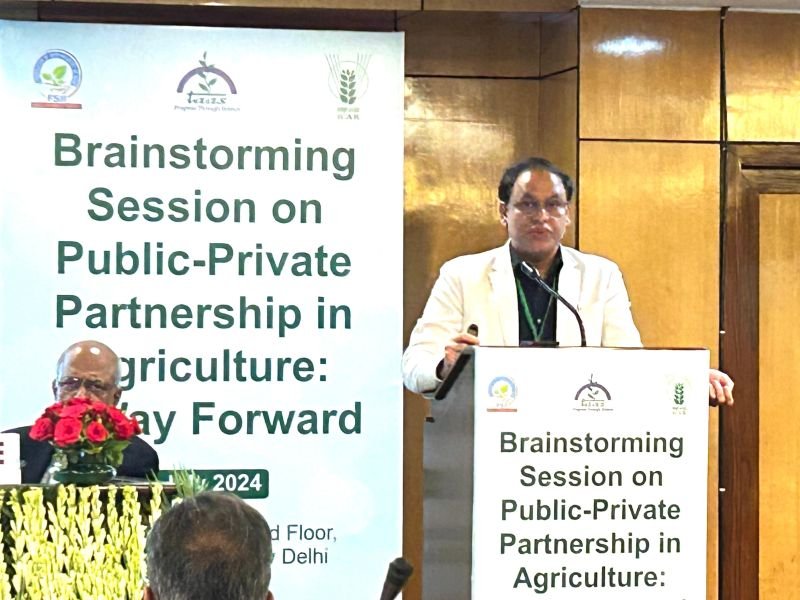HDPS key for boosting cotton productivity in Maharashtra: Experts at CICR
Currently, 16000 acres are under HDPS cultivation in Maharashtra, with nearly 6664 farmers participating through PPP in the special project on cotton initiative involving CICR, 10 private seed companies.
India has about 12 million hectares under cotton cultivation and yet it lags behind in average yield with countries like the US, Brazil, and Australia that leverage biotechnology and precision agronomy. Maharashtra, a key cotton-producing state with an area of 4 million ha, has been particularly struggling with stagnant productivity, prompting experts, industry leaders, and policymakers to push for science-driven solutions.
At the ICAR National Workshop on Cotton Yield Improvement through HDPS in Nagpur, organized by the ICAR-Central Institute for Cotton Research (CICR) with support from the Federation of Seed Industry of India (FSII) and the National Seed Association of India (NSAI), experts stressed the need for adopting the High-Density Planting System (HDPS). This agronomic method increases plant population per acre while enabling mechanization, reducing labour dependency, improving yields and profitability for farmers.
“HDPS is a crucial step towards transforming India’s cotton sector. By enabling higher plant density in low productivity shallow to medium soils and enabling mechanization, it increases yields while reducing labour dependency. The government’s financial incentives reflect a strong push for modernizing cotton farming,” said Dr Y G Prasad, Director, ICAR-CICR, Nagpur.
Currently, 16000 acres are under HDPS cultivation in Maharashtra, with nearly 6664 farmers participating through Public-Private Partnership (PPP) in the special project on cotton initiative involving CICR, 10 private seed companies, and the Union Ministries of Agriculture and Textiles. The central government’s Rs 16,000 per hectare incentive has further encouraged adoption. HDPS boosts productivity by 30-50 per cent per acre, facilitates mechanized harvesting, and integrates modern tools like pneumatic planters, boom sprayers, and mechanical pickers.
Farmers in Maharashtra are also advocating for next-generation cotton varieties, widely used in countries like the US, Australia, and Brazil. As pest resistance evolves, experts warn that India should embrace newer technologies to make cotton cultivation internationally competitive.
“While Bt cotton has sustained productivity, changing pest dynamics demand innovation. The global cotton industry has embraced advanced technologies in cotton pest management, and Indian farmers deserve the same opportunities,” said Dr M Ramasami, Chairman, Rasi Seeds.
Technical Textile Mission (MTTM) of Maharashtra aims to strengthen the state’s cotton value chain, with 30-40 lakh cotton farmers expected to play a crucial role in supplying raw materials for this initiative. Experts emphasized that increasing cotton productivity is critical not just for agriculture but also for India’s textile industry, which has faced raw material shortages since the pandemic.
“HDPS is key to making cotton farming resilient and future-ready. By integrating mechanization and optimizing inputs, it will drive both economic and environmental sustainability,” said Dr C D Mayee, former Chairman, Agricultural Scientists Recruitment Board (ASRB).
The workshop also saw discussions on two years of HDPS trial data compiled in a CICR booklet. Scientists from CICR, CIRCOT, collaborating with the private sector, presented insights on productivity improvements, pest management, and mechanization. Experts also explored ways to enhance fibre quality, improve ginning processes, and keep India’s cotton industry globally competitive.
With continued government investment and industry collaboration, experts agreed that HDPS, backed by scientific advancements, is crucial to ensuring a more productive, sustainable, and globally competitive future for India’s cotton sector.
Currently, 16000 acres are under HDPS cultivation


